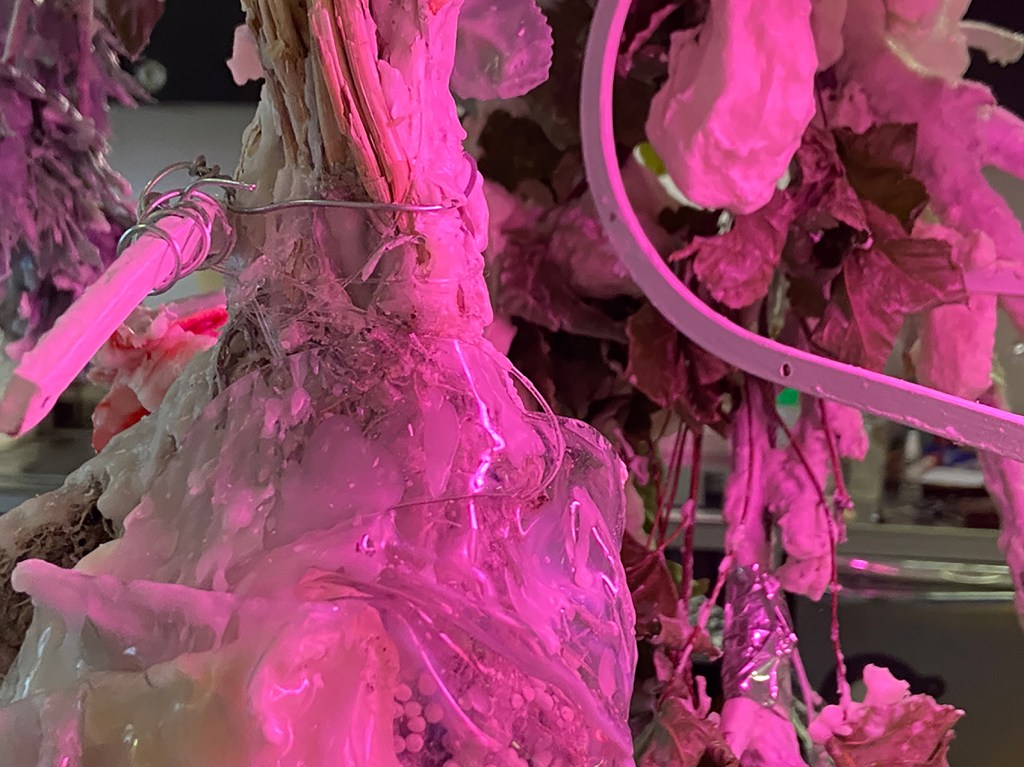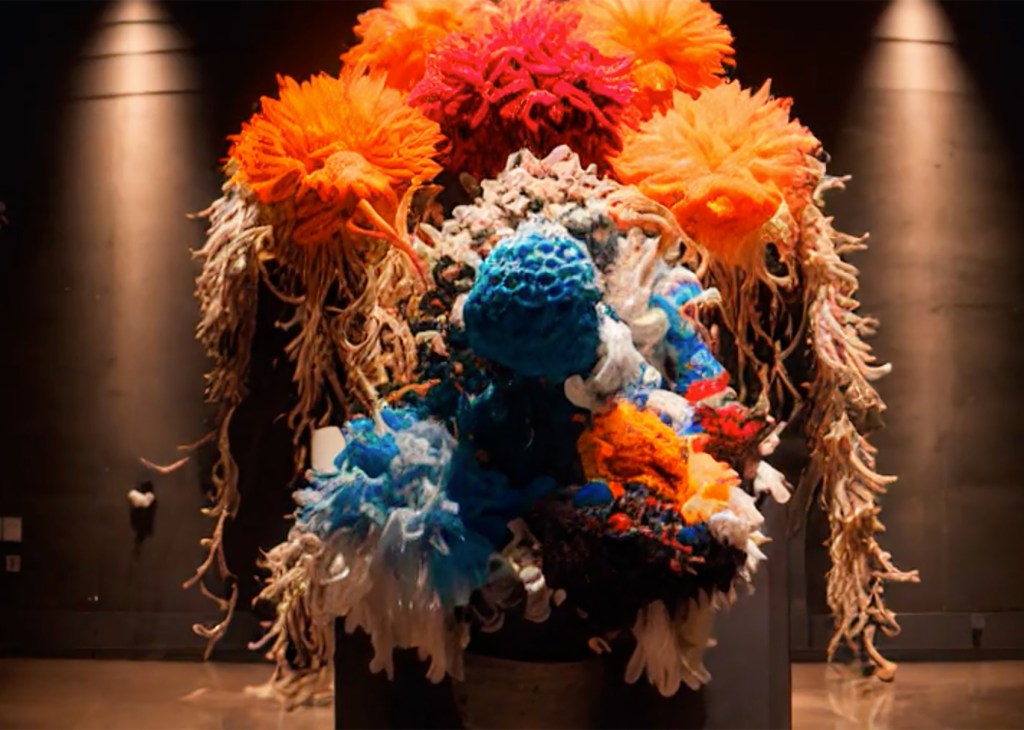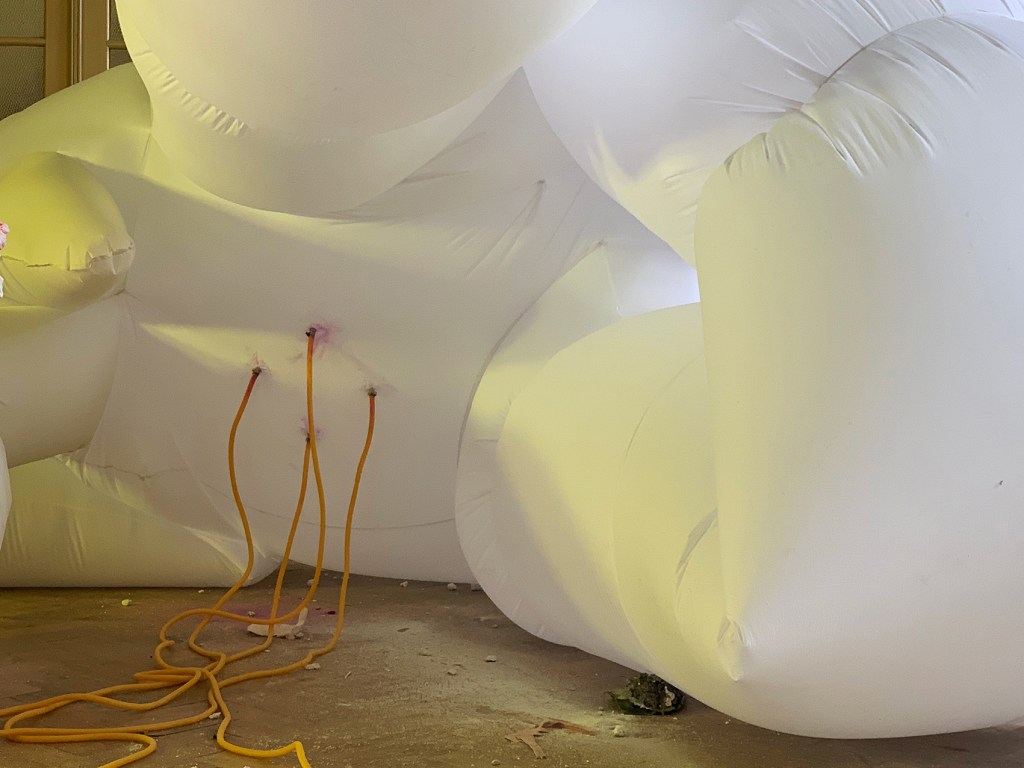
Beatrijs Albers & Reggy Timmermans view their work as a ‘maybe’. This means that, in a way, it is undefined. This could be interpreted in a negative sense but in truth the glass is rather half full than half empty. After all, ‘maybe’ also holds potential, it expresses a possibility.
The objects they use to build their installations are so-called ‘quasi-objects’. Bruno Latour often uses this term, among others in his ‘We Have Never Been Modern’. He borrows the term from philosopher Michel Serres, who himself may have found it in the work of Nobel Prize winner José Saramago.
In his eponymous book, the things in the chapter ‘Choses’ have a will of their own. It starts with the disappearance without a trace of a glass vase, followed by vanishing treads of a staircase, front doors and ultimately entire buildings. Both for Latour, Serres and Saramago, quasi-objects are the halfway point between the human and the non-human and mainly give a voice to the latter. After all, things also exist independently from how they appear to our consciousness.
In developing their work, Albers & Timmermans like to take inspiration from the ideas of philosophers and ecologists who reflect on and create work around the ever-growing consciousness of the blending of the human and the non-human, more specifically the blurring of the boundary between the two, among others due to the advent of artificial intelligence. For instance, like Latour they believe that objects are not isolated, but rather part of a large network of connections. To use Tristan Garcia’s words, the point here is “that which is in the thing and where the thing is”.
For their installation Albers & Timmermans draw up a list of words and sentences in relation to the objects they portray, but also the castle, the social centre, the park, nature, or certain architectural details. Subsequently these words are divided into pairs, such as nature-culture, nature-history, subject-object. These pairs are then entered into an AI program, which transforms the words into hybrid forms.
The proposed images and objects of this AI are subsequently translated into three dimensions and incorporated in an ’evolving’ installation where the material of these quasi-objects is at least as important as the objects themselves. Activating the immanent peculiarities of the materials makes their chemical and physical behaviour visible. And thereby also new possibilities.
Text written in connection to their installation Peut être at Arts Festival Watou 2023 /kom.po’zi.ci.o:/.
See for more info their website.










Beatrijs Albers & Reggy Timmermans, Peut être, Kasteel De Lovie, Watou, 2023